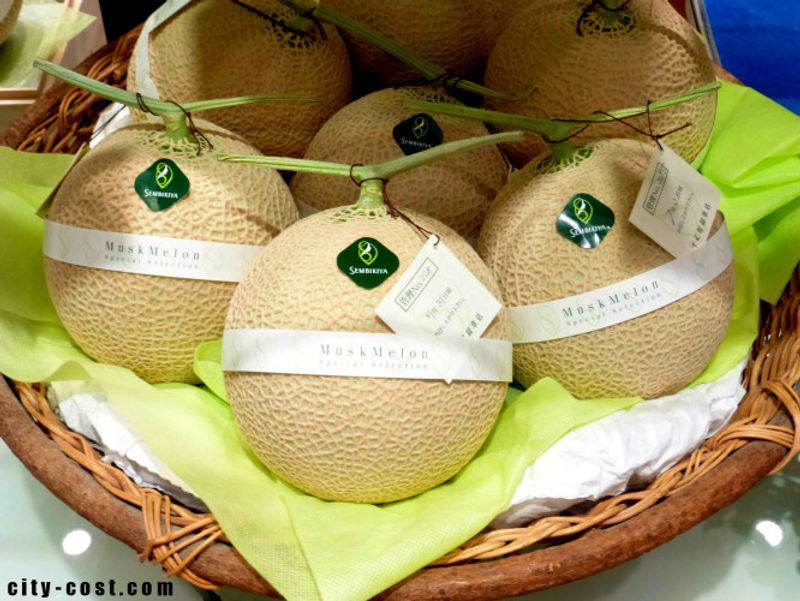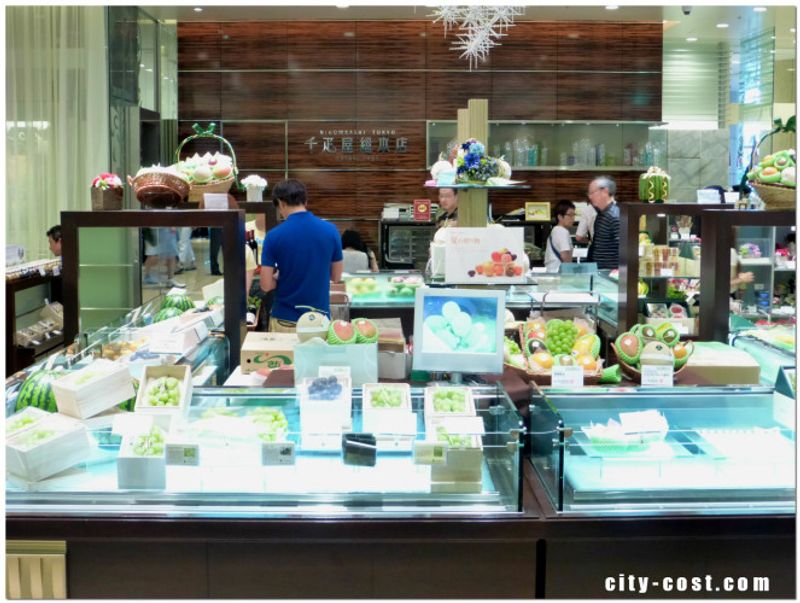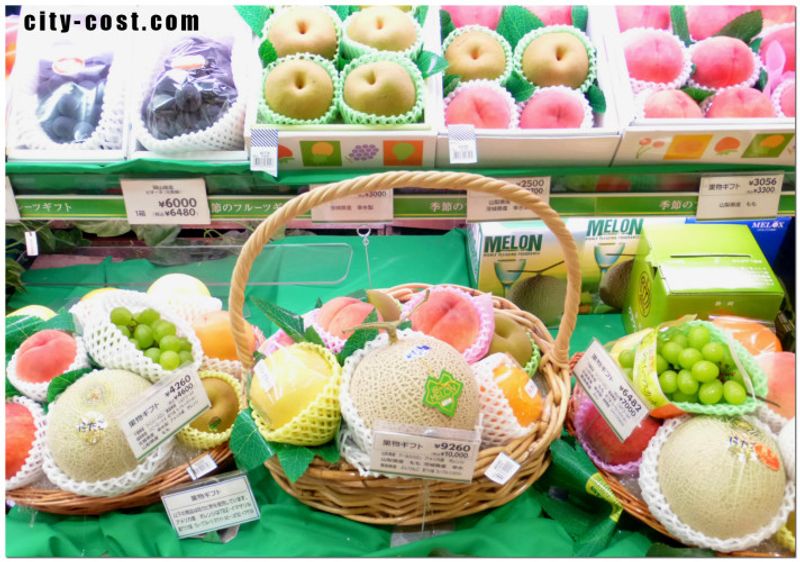Jul 28, 2015
What did you spend 20,000 yen on a mango for?! Expensive Fruit In Japan

For many a foreign resident of Japan, one of the nation's more irritating mysteries is the high price of fruit. An apple for 200 yen, a single kiwi fruit for 100 yen, a handful of plums, 500 yen. Back home, such prices would fetch us a bag full. The mystery of this expensive fruit is easily solved though; Japan is in the habit of growing more vegetables than fruit. People with greater expertise than I cite the reason as being that the nature of the water over here favours vegetables. They're easier to grow. Fair enough, and if this is true, then the oft cited other reason for the expense of fruit, that it’s seen as a luxury, seems acceptable.
If this mystery is one of Japan's more irritating, then one of the nation's stupidest mysteries must be how people can justify buying/selling single items of fruit for over 10,000 yen! And not just at some charity auction for the world's largest insert fruit here.
Enter the tag team assault of an unquestioning gift-giving culture, and over-priced fruit pioneer Sembikiya (千疋屋).

You won't be in Japan long before you realize the giving of gifts is an important business. We've covered the ins and outs of giving money as a gift in an earlier article here at City-Cost. There are a couple of gift-giving occasions though, that slip under the radar of Japan's foreign residents and younger locals; Ochugen and Oseibo.
The former occurs around mid-July, the latter in December. Ask a lot of Japanese about the culture behind these traditions and you'll likely get some vagaries about gifts for relatives and for those who are worthy of special thanks.
So, what does one present as a gift when we're not sure who to give it to and exactly why we're giving it? Tag in Sembikiya.
Sembikiya is a fruit seller oft cited as the precursor to those exorbitantly priced fruits you see in your local supermarket. The 8,000 yen mangos and 5,000 yen watermelons.
Oddly enough, Sembikiya started out as a discount fruit operation. At some point they gambled on the plan that a lot more money could be made if they sold people on the idea that their fruit was a luxury item. The gamble seems to have paid off. Today, Sembikiya has establishments throughout the Kanto area, branching out into fruit-based desserts, preserves and cafes. The latter come highly recommended by locals as the venue for a first date.

Their flagship operation is in Nihonbashi, Tokyo. It has the vibe of a place where you'd buy a wedding ring. The fruits preen and pose behind glass displays, while assistants in waistcoats try to explain the prices (without bursting into laughter?). There are even discreet tables and chairs (presumably people need to take a seat when the bill comes) where orders can be quietly placed. During my visit, a part of me felt it might be a practical joke. I half expected a TV crew to burst out of an over-sized watermelon just at the moment some unfortunate sod was about to drop 20,000 yen on a solitary mango.
You think I'm joking about the price? I'm not! Top of the bill at the time of visiting was a pack of two Okinawa Beni mangos - 32,400 yen (one for 21,600 yen). A bunch of Shine Muscat grapes was going for 14,040 yen, watermelons - 10,800 yen, Muskmelons - 16,200 yen.
Leaflets are available that explain (in English) a little of the 'growing' process for each of the fruits. Further research will reveal the painstaking efforts that go into the farming of these products. It seems that no expense is spared, going some way towards making sense of the numbers. But it's not the price that this writer can't understand. It's the fact that there is a market for it. This is surely one of the more grotesque forms of consumerism, even if the products look impeccable. But there's a problem there as well. These fruits look anything but natural. One could liken them to airbrushed photos of a model who's spent a frightening amount of time under the surgeon's knife.
More important than price or form, though, is the paper. Talking to many locals, the main goal is for the recipient to beam at a gift wrapped in Sembikiya paper. A touch of class!
As for the taste, well, in fairness there are plenty of reports out there full of glowing praise for these fruits. I'll just have to take their word for it. My budget can't stretch that far!



0 Comments